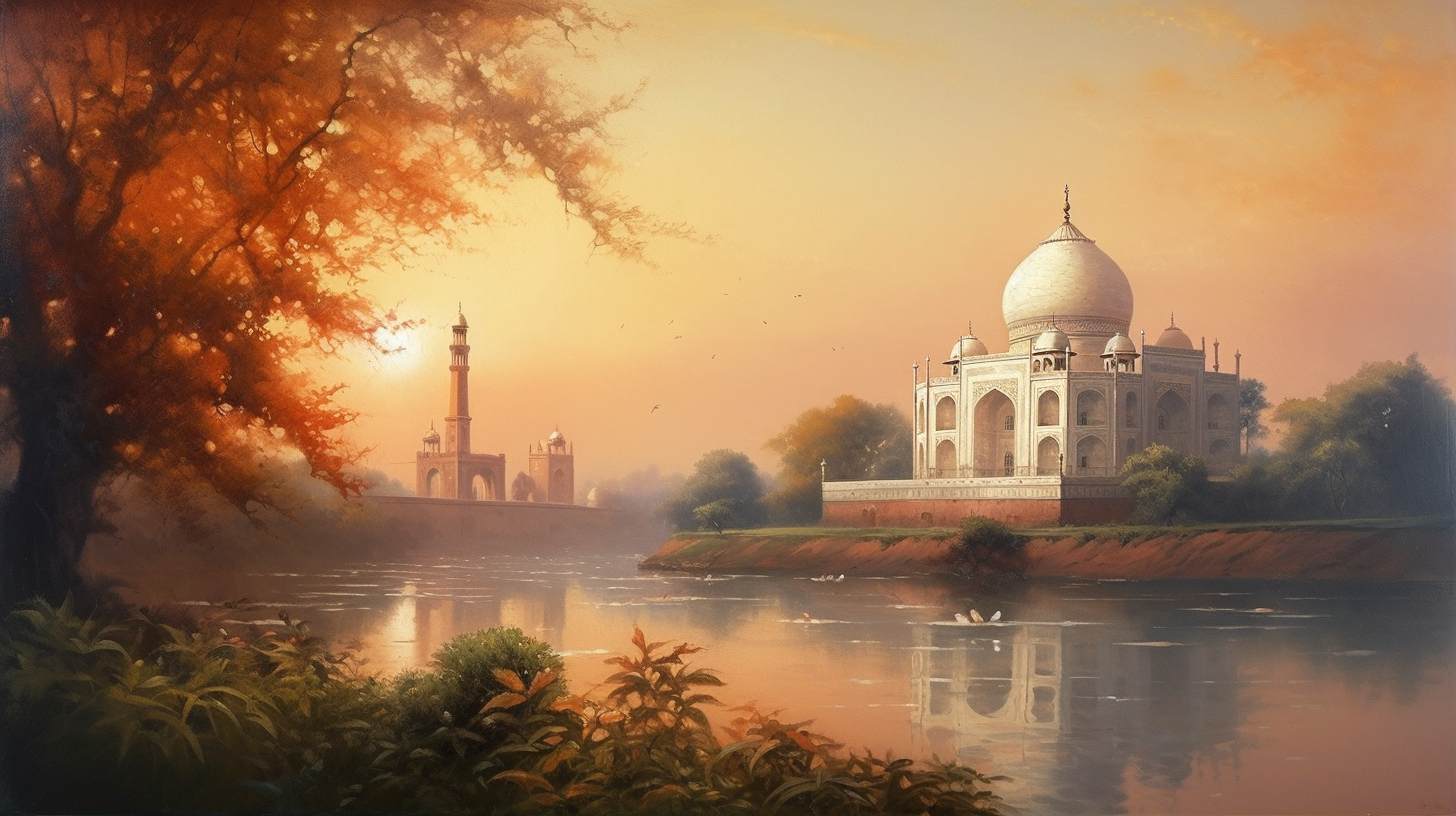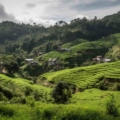Planning a vacation is not just about escaping the routine; it’s a meticulous process that transforms your trip into a memorable experience. When it comes to India, a land of diverse cultures, landscapes, and histories, planning becomes even more crucial. In this comprehensive tour guide, we’ll walk you through the intricacies of planning a vacation in India, ensuring a seamless and unforgettable journey.
I. Introduction
A. Importance of Vacation Planning
In the hustle and bustle of everyday life, planning a vacation might seem like an additional task. However, the benefits of thoughtful planning are immense. It allows you to make the most of your time, explore hidden gems, and create lasting memories.
B. The Allure of Vacationing in India
India, with its rich tapestry of traditions, landscapes, and cuisines, beckons travelers from across the globe. From the serene backwaters of Kerala to the majestic Himalayas, India offers a myriad of experiences. Planning ensures you don’t miss out on the wonders this country has to offer.
II. Researching Destinations
A. Identifying Interests and Preferences
Start your planning by understanding what you seek in a vacation. Whether it’s historical sites, scenic beauty, or cultural experiences, India has it all. Identify your interests to tailor your trip accordingly.
B. Exploring Diverse Regions in India
India’s diversity extends beyond culture to landscapes. Research different regions to find the ones aligning with your preferences, be it the vibrant Rajasthan or the tranquil beaches of Goa.
III. Setting a Budget
A. Establishing Overall Budget
Before diving into the details, set a realistic budget for your entire trip. Consider all expenses, including flights, accommodation, food, and activities. This ensures you make informed choices without overspending.
B. Allocating Funds for Transportation, Accommodation, and Activities
Break down your budget to allocate funds for transportation, accommodation, and activities. This helps in prioritizing and ensures you don’t compromise on essential aspects of your trip.
IV. Choosing the Right Time to Visit
A. Considering Weather Conditions
India experiences diverse climates. Research the weather in your chosen destination during your travel dates to pack accordingly and make the most of your visit.
B. Factoring in Festivals and Events
India’s festivals are vibrant and diverse. Planning your trip around these events adds a cultural layer to your experience. Be aware of local festivals during your visit.
V. Creating an Itinerary
A. Balancing Relaxation and Exploration
Embark on a perfectly balanced itinerary that seamlessly weaves moments of relaxation with exciting exploration, ensuring a harmonious and fulfilling travel experience. Allow for downtime to soak in the surroundings, alongside visits to iconic landmarks and attractions.
B. Including Must-Visit Landmarks and Attractions
Research and list down the must-visit places in your chosen destination. Plan your itinerary around these landmarks to ensure you don’t miss out on the highlights.
VI. Accommodation Selection
A. Exploring Options Based on Budget and Preferences
Select accommodations that match both your budget and personal preferences. India offers a range of options from budget-friendly hostels to luxury resorts. Research and book in advance for the best deals.
B. Checking Reviews and Ratings
Ensure a comfortable stay by checking online reviews and ratings. This step provides insights into the quality of service and amenities offered by your chosen accommodation.
VII. Transportation Planning
A. Selecting the Most Convenient Mode of Transportation
India’s vastness requires careful consideration of transportation. Choose the most convenient mode, whether it’s domestic flights, trains, or road trips, depending on your itinerary.
B. Navigating Local Transportation in India
Understand the local transportation options at your destination. Whether it’s rickshaws, taxis, or public transport, familiarity eases your travel within the city.
VIII. Cultural Sensitivity and Etiquette
A. Understanding Indian Customs and Traditions
Respect for local customs enhances your travel experience. Familiarize yourself with basic customs and traditions to show cultural sensitivity.
B. Respecting Local Cultures and Norms
Each region in India has its unique customs. Be aware of and respect the local cultures and norms, ensuring a harmonious interaction with the locals.
IX. Packing Essentials
A. Considering Climate Variations
India’s diverse climate demands a thoughtful packing strategy. Pack layers and essentials based on the weather conditions of your destination.
B. Making a Checklist for Essentials
Create a checklist to ensure you don’t forget any essentials. This includes travel documents, medications, appropriate clothing, and other necessities.
X. Health and Safety Precautions
A. Necessary Vaccinations and Health Precautions
Consult a healthcare professional to understand the necessary vaccinations for your travel. Additionally, familiarize yourself with health precautions specific to your destination.
B. Staying Aware of Local Safety Guidelines
Be aware of local safety guidelines to navigate unfamiliar surroundings confidently. This includes information about safe areas, emergency contacts, and healthcare facilities.
XI. Communication Tools
A. Utilizing Language Translation Apps
Overcome language barriers by using translation apps. These tools facilitate communication, ensuring you can interact smoothly with locals.
B. Staying Connected with Family and Friends
Maintain communication with loved ones through
FAQs (Frequently Asked Questions)
Q: Is it safe to travel to India?
A: Yes, India is generally safe for tourists. However, it’s advisable to follow local guidelines, be aware of your surroundings, and take necessary health precautions.
Q: What is the best time to visit India?
A: The optimal time to visit varies depending on the region.
Generally, the winter months (October to March) offer pleasant weather across the country.
Q: How do I handle currency and payments in India?
A: It’s recommended to carry a mix of cash and use credit/debit cards. ATMs are widely available, and major establishments accept cards.
Q: What should I wear in India?
A: Dress modestly, respecting local customs. Lightweight and breathable clothing are suitable, and it’s advisable to carry a scarf for religious sites.
Q: How can I stay connected with family during my trip?
A: Utilize local SIM cards for your phone or rely on messaging apps with internet connectivity. Many places in India have accessible Wi-Fi.


